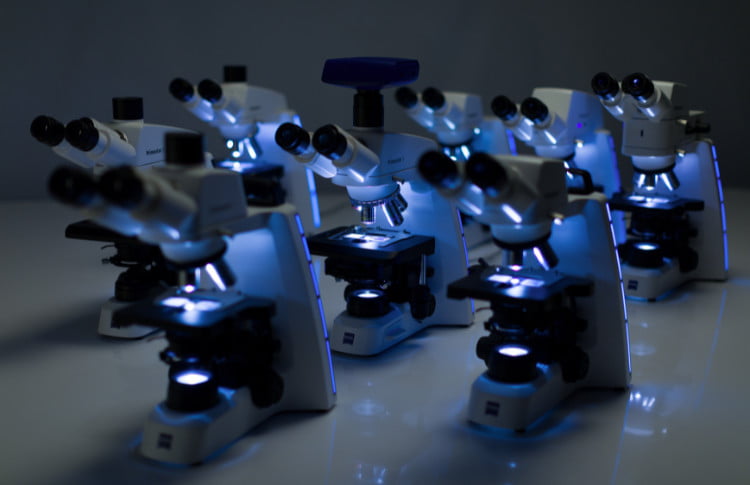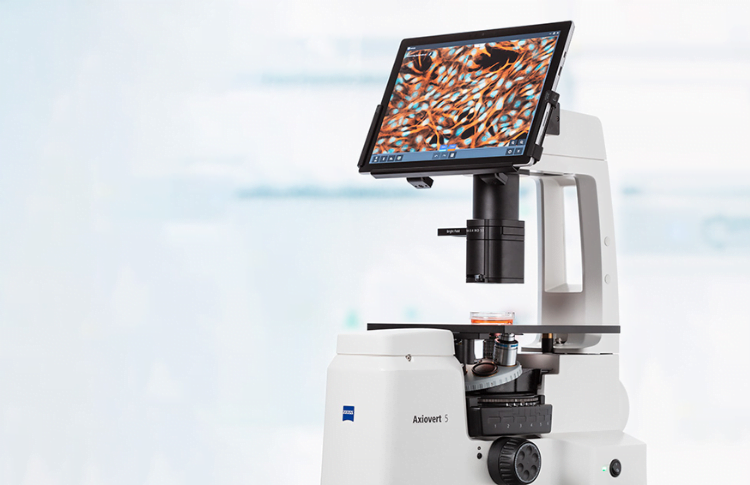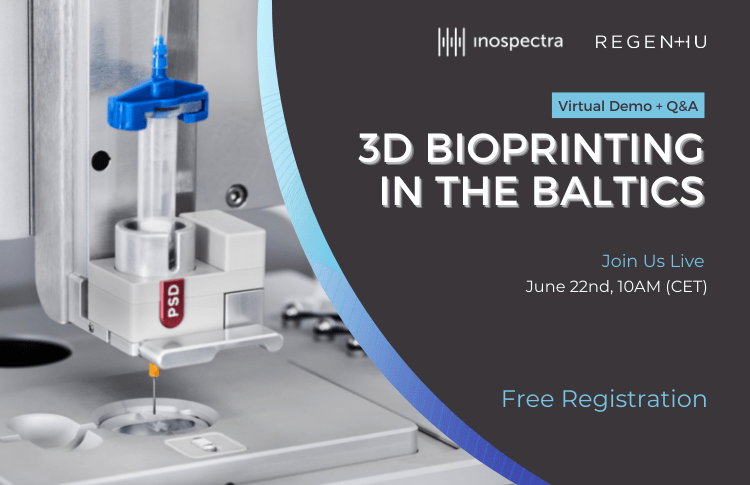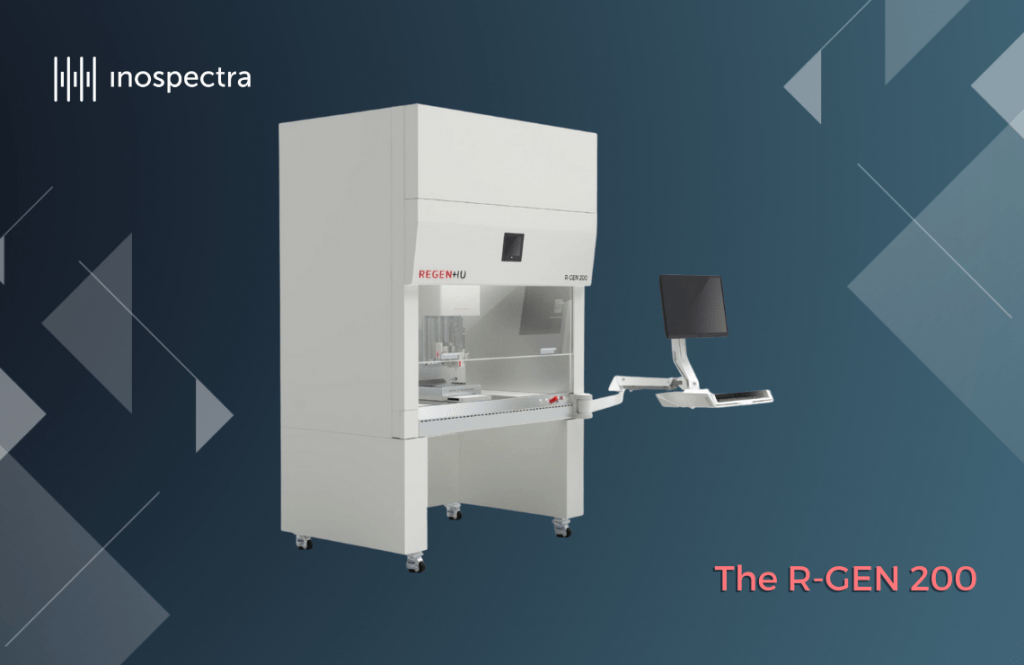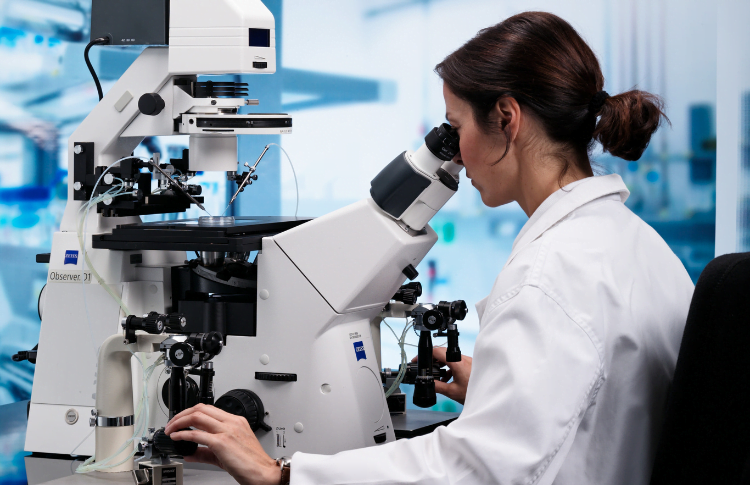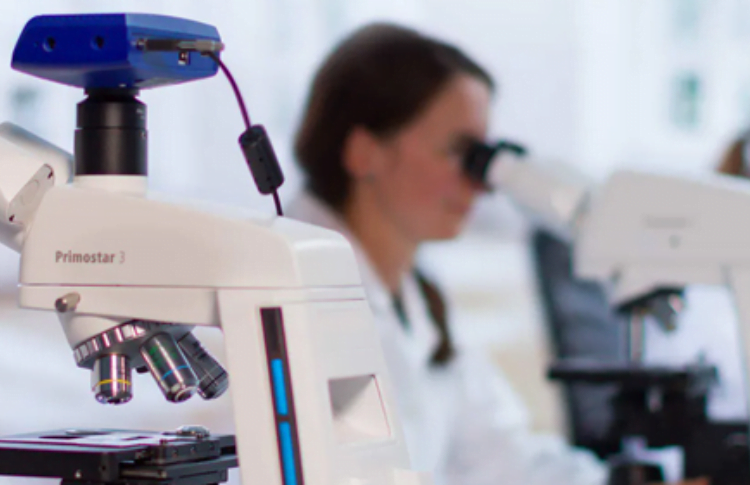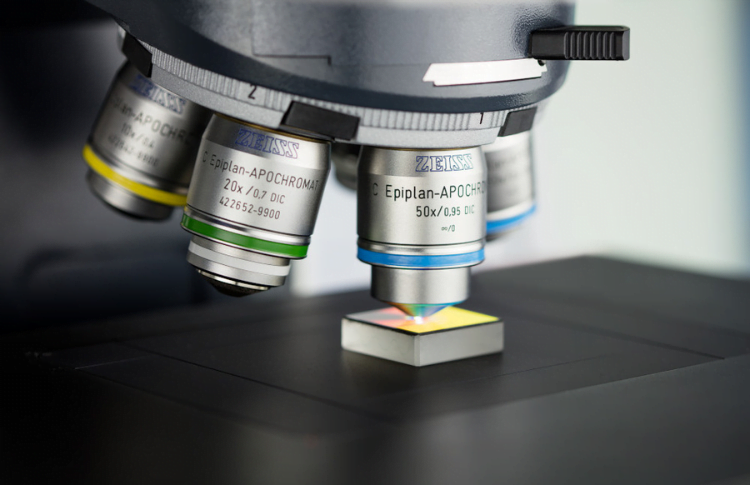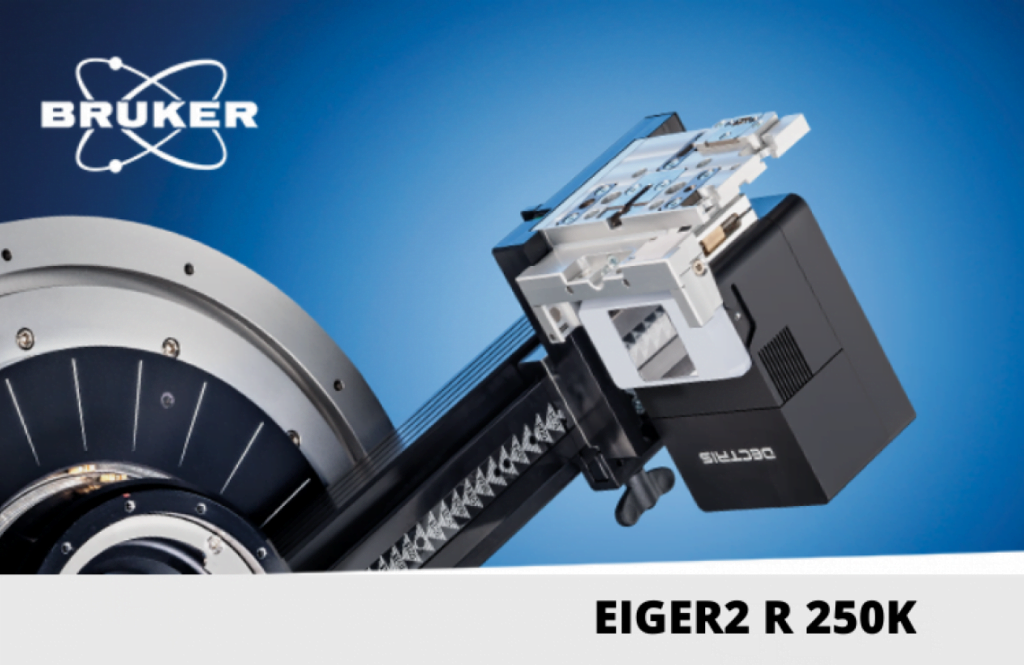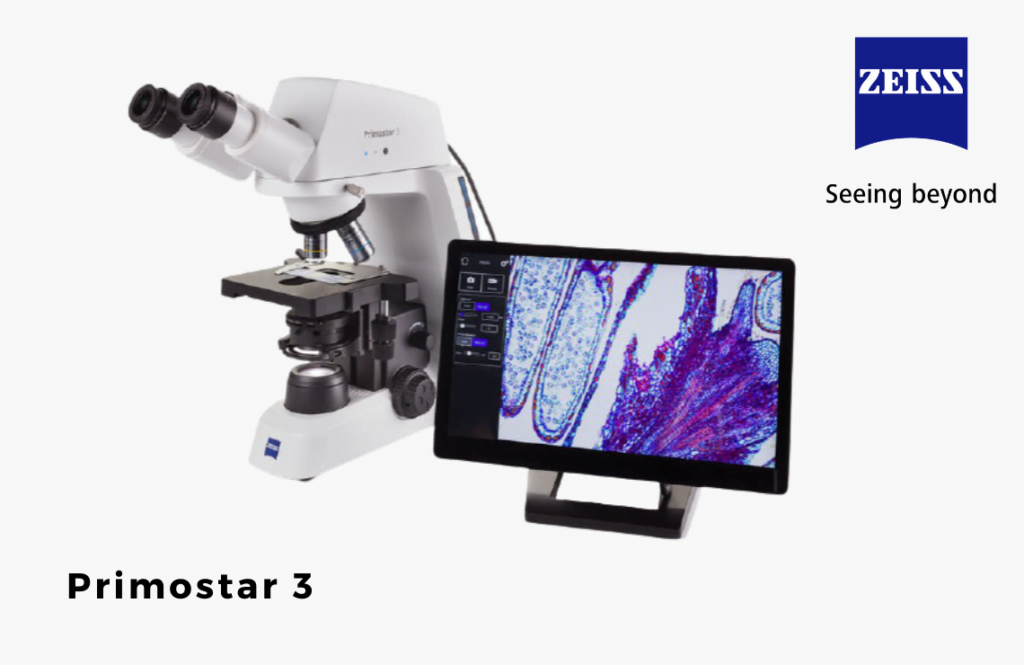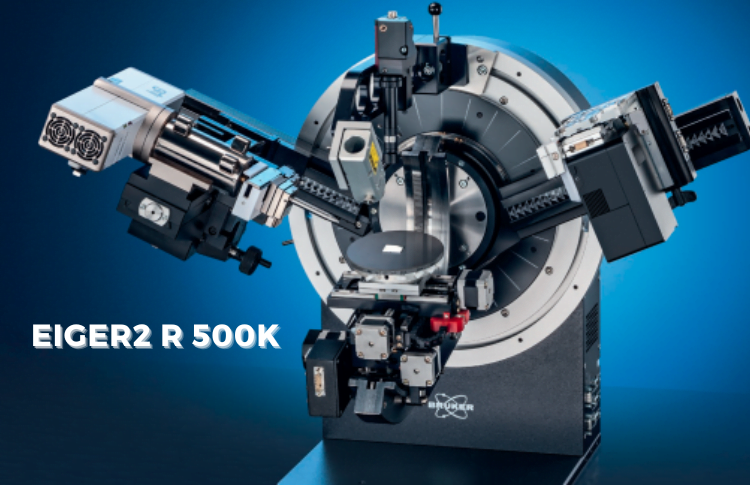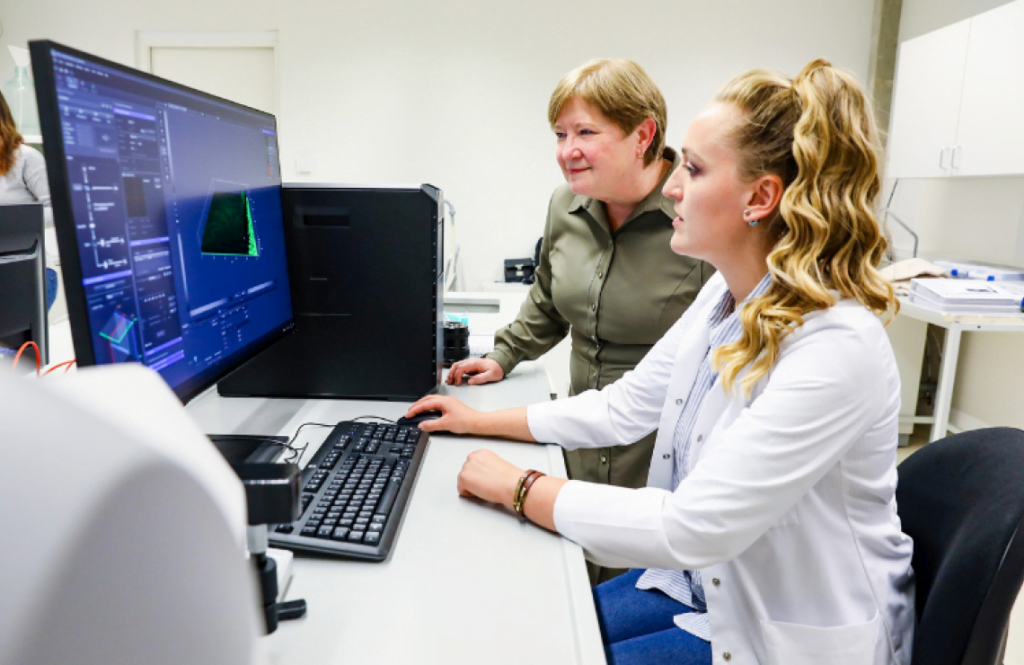Nowadays, you have a wide range of microscopes suitable for beginners and experienced researchers. With so many options and accessories, how can you choose the right one without confusion? We’ve put together some tips to help you make the best decision for exploring the microcosmos, whether at home, in a science class, or a lab.
The microscope's suitability for the work area is essential
In which specialized professional sector do you focus your expertise in microscopy? What types of samples do you examine, and what specific practical competencies do you possess? Try to address these questions while you evaluate the precise microscope specifications best suited for your tasks.
While these light microscopes lack advanced zooming due to light limitations, they’re perfect for home use, budget-friendly, and great for everyday tasks. However, for more intricate research and analyzing finer details, consider exploring highly potent microscopes like a confocal, electron, or ZEISS X-ray models.
The clarity of the sample and the sharpness of its visual details
Employing contrasting techniques is vital to enhance specimen visibility and emphasize visual details. Depending on your needs, we recommend that you consider and evaluate bright-field, dark-field, phase contrast, polarization, and fluorescence contrast techniques for different applications.





The bright field contrast method is commonly used for samples that can be artificially stained or possess natural contrast, such as plants containing chlorophyll, metals, or pigments.
The phase contrast technique helps reveal transparent or thin samples that are hard to see against a low-contrast background. It makes them visible by creating a phase-contrast image of the object.
The dark-field contrast method works well for examining tiny, isolated structural features, like bacteria. It provides excellent sharp contrast, making it suitable for such observations.
The polarization contrast method is beneficial for analyzing materials. When seeking a suitable microscope, ensure it supports this technique. Experts in mineralogy, forensics, and quality control commonly favor such microscopes.
The fluorescence contrast technique is a practical choice when your research demands strong contrast and the detection of individual structures, even at the level of single cells.
The bright field contrast method is commonly used for samples that can be artificially stained or possess natural contrast, such as plants containing chlorophyll, metals, or pigments.

The phase contrast technique helps reveal transparent or thin samples that are hard to see against a low-contrast background. It makes them visible by creating a phase-contrast image of the object.

The dark-field contrast method works well for examining tiny, isolated structural features, like bacteria. It provides excellent sharp contrast, making it suitable for such observations.

The polarization contrast method is beneficial for analyzing materials. When seeking a suitable microscope, ensure it supports this technique. Experts in mineralogy, forensics, and quality control commonly favor such microscopes.

The fluorescence contrast technique is a practical choice when your research demands strong contrast and the detection of individual structures, even at the level of single cells.

Microscope's lighting options
With numerous light sources available, picking the right one can be challenging. The critical thing to remember is that there’s no definitive “good” or “bad” light source. At this selection stage, focus on assessing the microscope’s intended application and desired outcome.
Halogen lamps
Light-Emitting Diodes (LEDs)
The magnification range
Selecting the proper lens is crucial for achieving accurate magnification and obtaining a lifelike image of the specimen. There are three lenses categories: achromatic, semi-apochromatic, and apochromatic.
In laboratory microscopes, achromatic lenses are frequently employed. They can be positioned close to the sample, offering superb working distance and notable contrast.
Semi-apochromatic lenses have a greater Numerical Aperture (NA), leading to significantly sharper images. Moreover, they enable better resolution and contrast.
Apochromatic lenses achieve the utmost colour correction, ensuring no undesired colours are in the sample image.
When dealing with lenses, it’s also valuable to think about the required magnification range for the lens.
Low magnification range | from 1x up to 5x | Suitable for samples smaller than 25mm |
Mid-range magnification range | from 10x up to 40x | Compatible with the majority of microscopes |
High range magnification range | from 60x up to 100x | Ideal for examining tiny samples and intricate structures |
Connect with professionals for guidance
One of the key recommendations is to rely on experts in the field when searching for a microscope. Experienced consultants specializing in microscopes, accessories, and software possess the knowledge to address your inquiries.
What sets INOSPECTRA consultants apart? Exclusively here, you gain access to professional consultations led by certified experts in Carl Zeiss microscopes, free demonstrations of your selected microscope, and comprehensive guidance throughout the process of choosing and procuring your desired instrument. Our goal is to maximize your contentment with your decision.
Interested? Contact Us:

Ivo Smiltnieks
Product Specialist














































